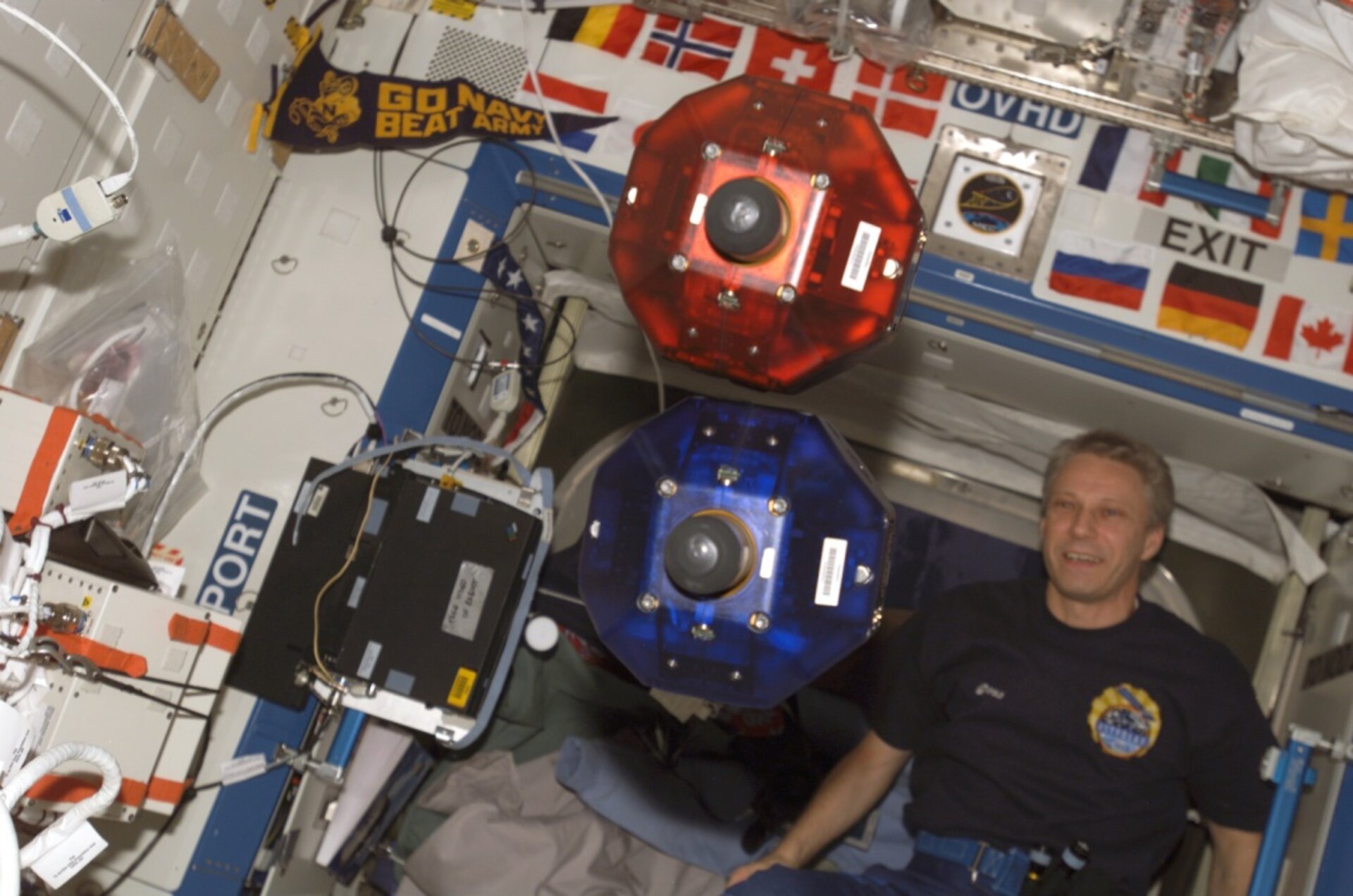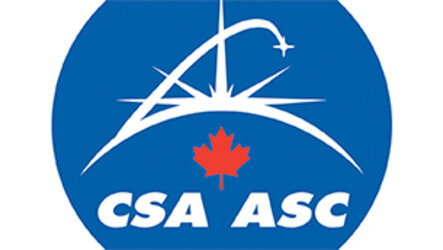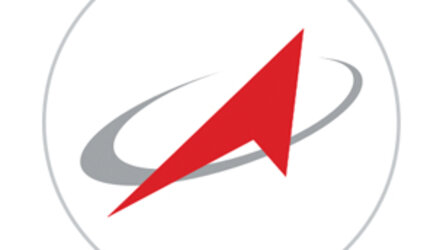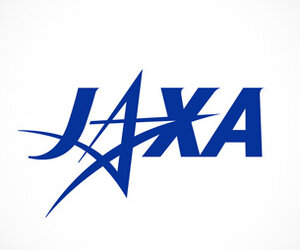Europe’s Alliance With Space Droids
Between video games and sci-fi movies, a robotic squadron of miniature satellites come to life aboard the International Space Station, obeying the commands of young students.
The European Space Agency (ESA) is participating in the NASA and Massachusetts Institute of Technology, or MIT, Zero-Robotics competition, a chance for high school students to program droids for action on the space station. SPHERES—also known as Synchronized Position Hold, Engage, Reorient, Experimental Satellites—are volleyball-sized satellites with their own power, propulsion, computers and navigation.
The challenge to remotely control them began in the United States, where an adventurous professor from MIT found inspiration in the Star Wars saga to create these intriguing robots. The mini-spacecraft have been used inside the station since 2006 to test autonomous rendezvous and docking maneuvers.
Now formation flying in zero-gravity becomes a programming issue for European students, also. A number of schools from ESA member states create rival programs that control three SPHERES in real time on the space station.
A local SPHERES expert, familiar with the coding requirements for the droids, is assigned to each European school. Sponsored by ESA, several university staff members are being trained at MIT.
The competition is not only about feeding the satellites sets of commands. The local experts help students build critical engineering skills, such as problem solving, design thought process, operations training and teamwork. Their results could lead to important advances for satellite servicing and vehicle assembly in orbit.
Teams in the U.S. and Europe test their algorithms under realistic microgravity conditions by competing in elimination rounds against each other with finals on both sides of the Atlantic.
The winners’ software is uploaded and run in the three weightless SPHERES by astronauts on the station. The exciting final is streamed live at ESA’s technology center in the Netherlands, known as ESTEC, and MIT.
This is the start of Europe’s alliance with the space droids, the first in a string of global education projects with the station as a common scientific platform for students worldwide. If the pilot experience proves successful this year, ESA anticipates including larger numbers of participants from all over Europe in future competitions. And may the force be with them.
Nigel Savage, Ph.D., Head of Education Unit
Directorate of Human Spaceflight and Operations
European Space Agency








